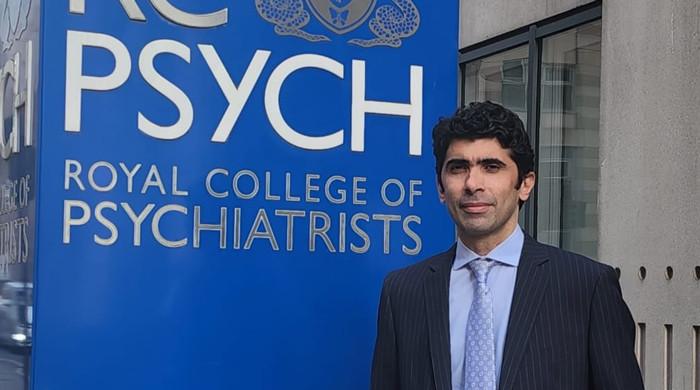Soccer players often recover from fractures: study
NEW YORK: Most soccer players who break a bone will return to the playing field and compete at the same level as before their injury, a new study from Scotland suggests.On average, it took injured...
June 08, 2012
On average, it took injured players in the study 15 weeks to get back to their full playing ability, with leg fractures requiring more time away from the sport than broken arms, the researchers found.
"Soccer players, managers and coaches now have a realistic picture of what to expect following a fracture during soccer," said Dr. Gregory Robertson, an orthopedic trauma resident at the Royal Infirmary of Edinburgh, who worked on the study.
"This allows them to plan team selection as well as patient rehabilitation," he told Reuters Health.
Fractures make up about one in ten of all soccer injuries, the researchers wrote in the American Journal of Sports Medicine.
Dr. Jason Dragoo, a sports medicine doctor at Stanford University in Redwood City, California, praised the study's analysis of various types of soccer fractures and their effects -- but cautioned against assuming the results would be similar for other sports.
"While it may be tempting to apply these findings to other athletic populations, we can really only say that this appears to be good news for soccer players," he told Reuters Health in an email.
For the new study, Robertson and his colleagues tracked any broken bones in more than 517,000 people aged 15 and older living in the Lothian region of Scotland.
Between July 2007 and July 2008, the researchers recorded 367 soccer-related fractures in club and recreational players, with a majority -- 68 percent -- involving the upper limb, including arms and shoulders.
More than 95 percent of the injuries occurred in nonprofessional athletes, most of whom were men.
In August 2010, the same athletes took part in phone interviews inquiring about their return to soccer, their skill level before and after the injury and ongoing problems related to their broken bones.
Robertson's team found 86 percent of players had returned to soccer within two years of the injury -- and 83 percent were playing at the same level as before or higher.
People who fractured a bone in the leg, ankle or foot took an average of 26 weeks to return to activity, compared with nine weeks for a broken forearm, wrist, hand or finger.
Upper limb breaks were twice as common as leg fractures, but injuries to the lower limb led to more surgeries and more persisting symptoms, besides a longer break from the sport.
Two years after the injury, 39 percent of players reported ongoing problems related to their fractures -- but only one-fifth of those found their playing ability impaired as a result.
Players who broke their clavicle, wrist or shin bones were least likely to return to the sport, the study found.
"With shin fractures, these are substantial injuries," which could explain the decision to leave soccer, Robertson said.
But two-thirds of people who did not return to soccer after breaking bones cited personal reasons, such as fear of re-injury, rather than ongoing pain or stiffness as their reason for quitting, he pointed out.
Players who had surgery for their fracture took 34 weeks on average to return to the game, versus 11 weeks among those who were managed non-surgically. The former were also far more likely to have ongoing symptoms and impaired playing ability.
The findings suggest a more conservative approach may sometimes benefit patients, said Dragoo, who was not involved in the study.
"While some conditions must be treated operatively, it may behoove both the patient and surgeon to consider non-operative treatment strategies" when such an option is available, he said.











